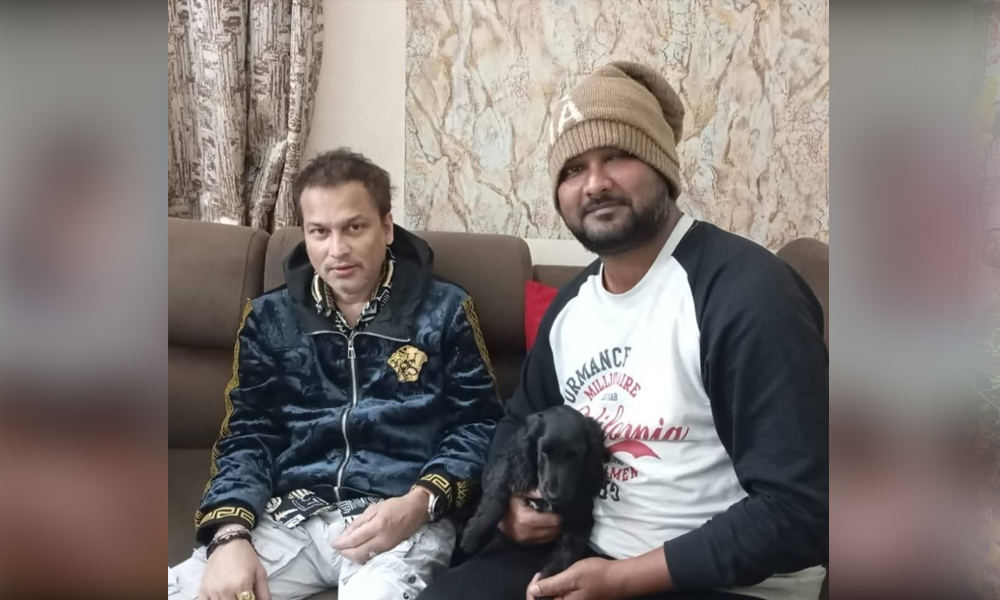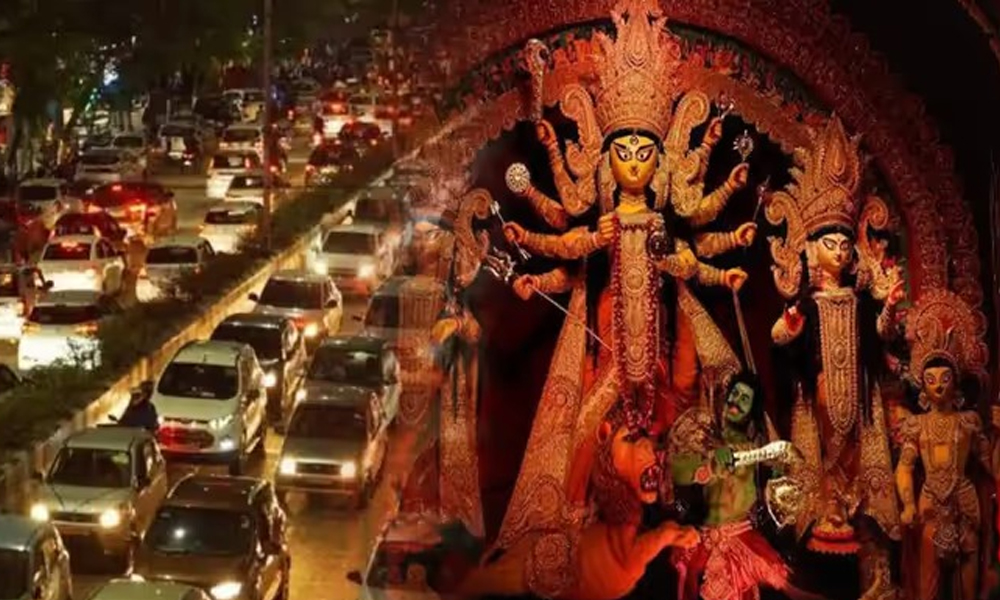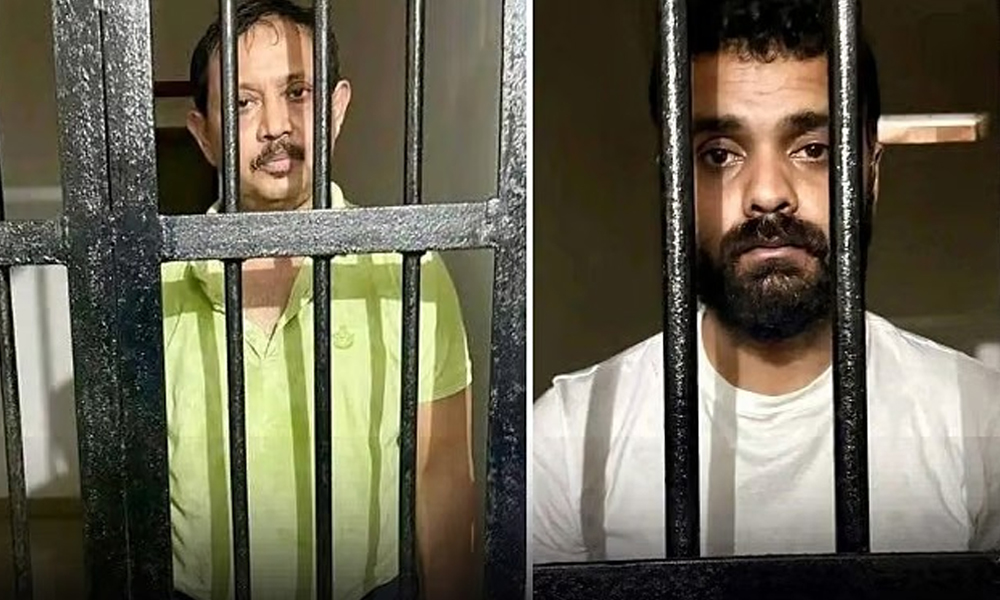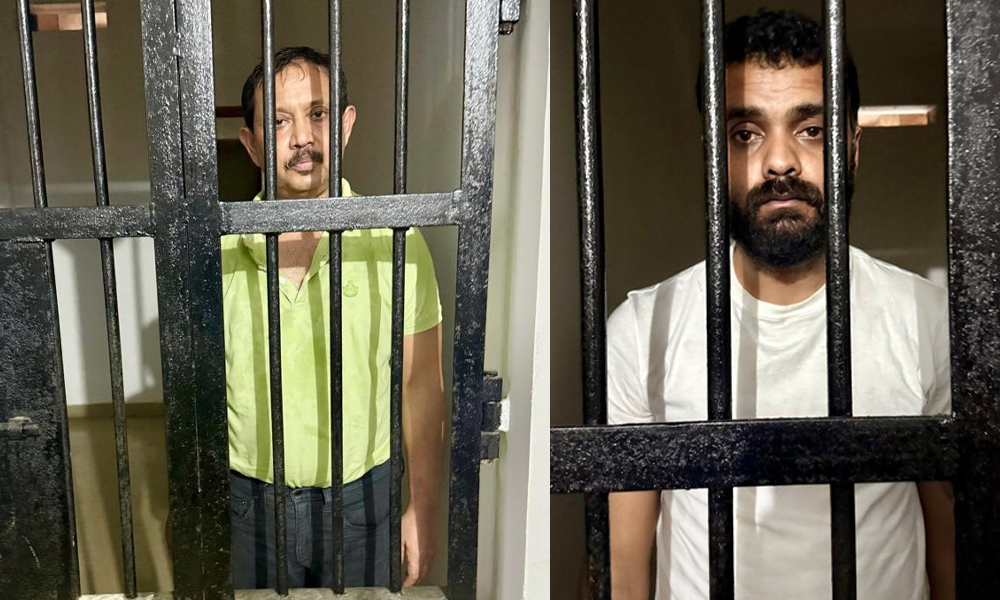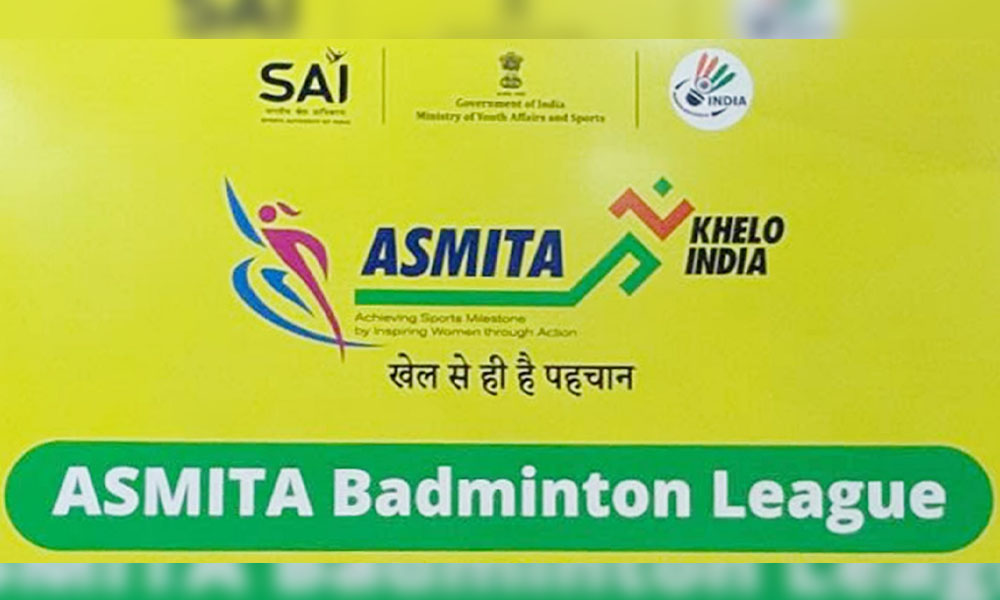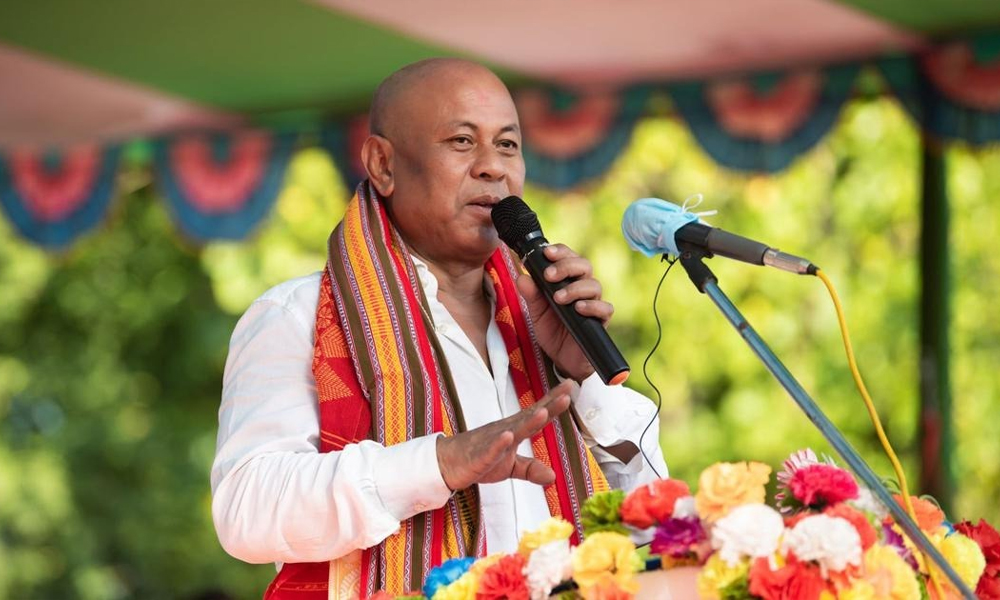A dancer par excellence, her recipe for success is hard work, determination, and inner core strength.
Digital Desk: Gorima
Hazarika, an 83-year-old popular Assamese Odissi and Xatriya dancer, died
here on Friday.
Gorima Hazarika was born on April 27, 1939,
in Guwahati, Assam, India, to Lokbandhu Dr. Bhubaneshwar Barua and Smt.
Indraprabha Barua. Gorima, the youngest of five siblings, earned her BA from
Handique Girls College in Guwahati in 1961.
Notably, Hazarika was a painter, set
designer, and choreographer in addition to being a Kathak dancer. She was a
superb Xatriya dancer in her day. She was born in Guwahati, Assam, on April 27,
1939, to Lokbandhu Dr. Bhubaneshwar Barua and Indraprabha Barua. She was the
fifth and youngest of five siblings.
A dancer par
excellence, her recipe for success is hard work, determination, and inner core
strength.
Early Life
Gorima began
dancing at a young age, learning Kathak from Guru Charu Bordoloi of the Lucknow
Gharana and Xatriya from Borbayan Sri Rosheswar Saikia and Borbayan Ghana Kanta
Bora of the Kamalabari Satra. She enrolled in the Delhi School of Art in 1962
and remained there until 1968. During her time in Delhi, she studied Kathak at
the Kathakali Nritya Kendra in Karol Bagh under Guru Madhab Panikor, painting
from Silpi Aaideu, mask-making, sculpture-making, and art from Jugal Das. She
first saw Indrani Rehman perform Odissi in Delhi and noticed similarities
between the dance forms of Assam and Orissa. Gorima began learning Odissi dance
from Guru Surendra Nath Jena in 1963. She was his first Assamese disciple.
Personal Life
During her
graduation, Gorima met her husband, Shri Krishnamurti Hazarika. He was the
brother-in-law of her sister. As a dancer himself, he invited her to continue
her training in Delhi. When she moved to Delhi, Shri Krishnamurti was working
in the DAVP and was her local guardian. Her feelings for Krishnamurti Hazarika
blossomed during this time. In 1964, they married. Gorima's opportunities
expanded after marriage, as her husband became one of her most steadfast
supporters. He was always encouraging her to improve her dancing and
performance skills. He introduced her to Delhi's art and culture circles.
Work Life
Gorima established
the Mitali Kala Kendra in Assam in 1982, with the help of Odissi Guru
Muralidhar Majhi of Rabindra Bharati University. It is a branch of Mitali
Sangha, which was founded in 1969 with the goal of improving the lives of women
and children. Mitali Sangha assisted her in her initial struggle to popularise
the Odissi dance form in Guwahati after she returned to Assam. Mitali Kala
Kendra is a classical and traditional dance institution. Aside from dance, the
institution teaches costume design, set design, painting, mask-making, make-up,
choreography, art direction, and so on. It prioritises the Odissi dance form in
order to honour and carry on Shankardev's cultural legacy.
Gorima worked
tirelessly to put the Xatriya dance form on the world map, alongside dance
forms such as Odissi, Mohiniattam, and Kuchipudi, at a time when it was
forbidden for females to dance Xatriya. She introduced "abhinay" with
"sanchari bhava" to Xatriya dance for the first time in 1974. She is
also the one who changed Xatriya Dance's costume. She replaced the plain white
cloth with paat with buta designs to make the costume more age appropriate.
• Notable
performances:
1. At the first
South Asian festival of SAARC countries in 1992.
2. At Unity Concert
in 1998.
3. At the Republic
Day Celebration held in Shillong, Meghalaya by Sangeet Natak Academy, in 2000.
4. At the 15th
Konark Dance Music Festival held in Orissa, in 2001.
Gorima Hazarika has
been very active in the theatre world. She was involved in the choreography,
stage design, and costume design of the mobile theatres. She had written 16
dance dramas up until 1996, of which 8 had been performed.
Gorima has made
significant contributions to Assamese cinema. She had directed dance in 16
Assamese films, the first being Pulok Gogoi's "Srimoti Mohimamoyi."
She first choreographed for the film "Pita Putra," and in
"Ubhola Sipa," she took on the role of Art Director for the first
time.
Gorima Hazarika has
always been in love with anything that can be created, be it stage designing,
costume designing, jewellery designing or even interior designing. Giving a
contemporary twist to the traditional Assamese designs and motifs, she brought
the trend of the present Assamese mekhela chador designs, 15 to 20 years
earlier. She has always been a visionary. For the last 10 years, Gorima has
been associated with the cluster developments initiated by Indian Institute of
Entrepreneurship (IIE).
Awards/Honours/Recognitions
1. Winner of All
Assam Music College Competition.
2. Assam Silpi
Divas Award, 1976.
3. Assam Natya
Sanmilan Award, 1996.
4. Sangeet Natak
Academy Award, 2006.
5. Best Dance
Director 1996-97, Assam Nritya Samiti Award,
ORGANIZATIONS
ASSOCIATED WITH
• Member of the
General Council, Srimanta Shankardev Kalakhetra Society.
• Member of Sangeet
Advisory Committee.
• Member of Lalit
Kala Advisory Committee.
• Member of
Shankardev Study and Xatriya Cultural Organization.
• Founder member of
the NGO Craft Council of Assam.
• Member of State
Advisory Panel, Film Certification.
• Member of Program
Advisory Committee, Doordarshan, Guwahati.
• Guest Faculty at Choreography and Costume Design
Department, Assam Film Institution.




